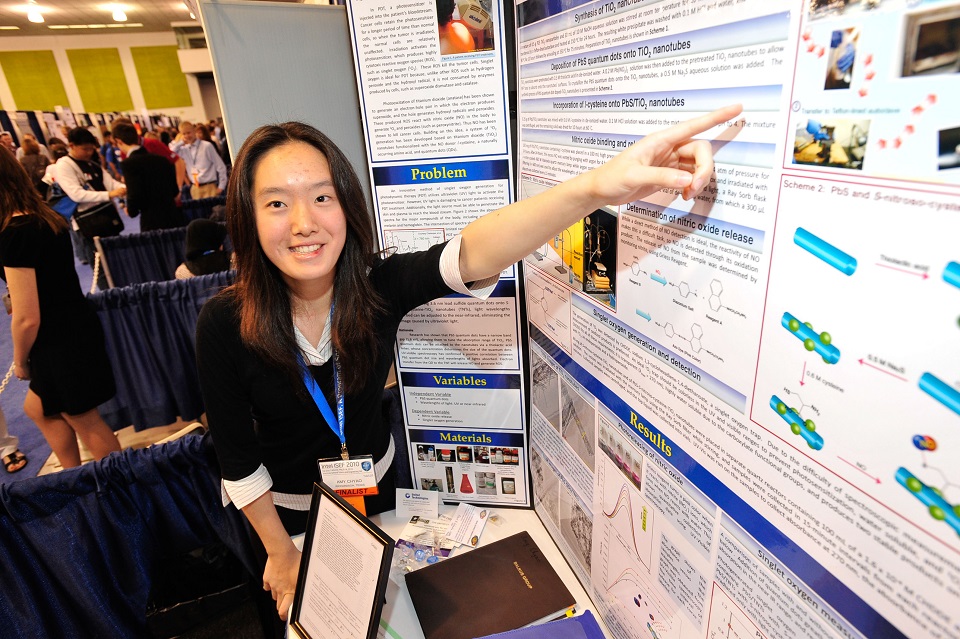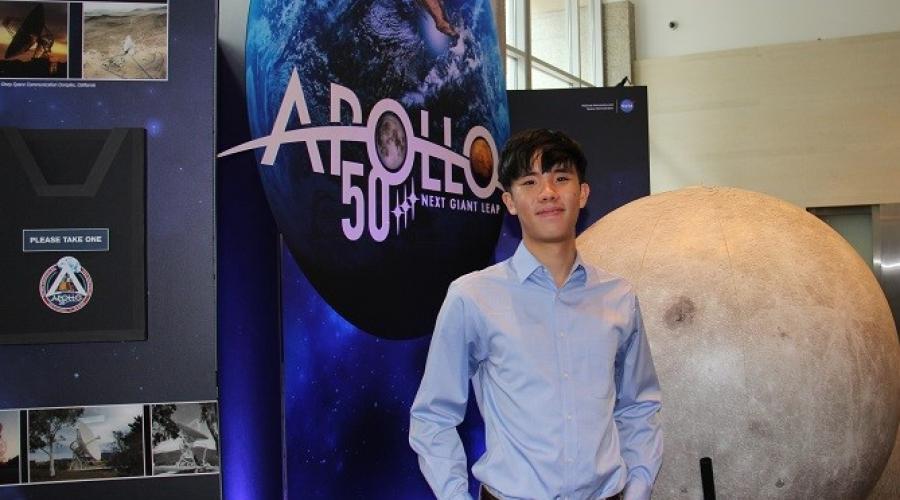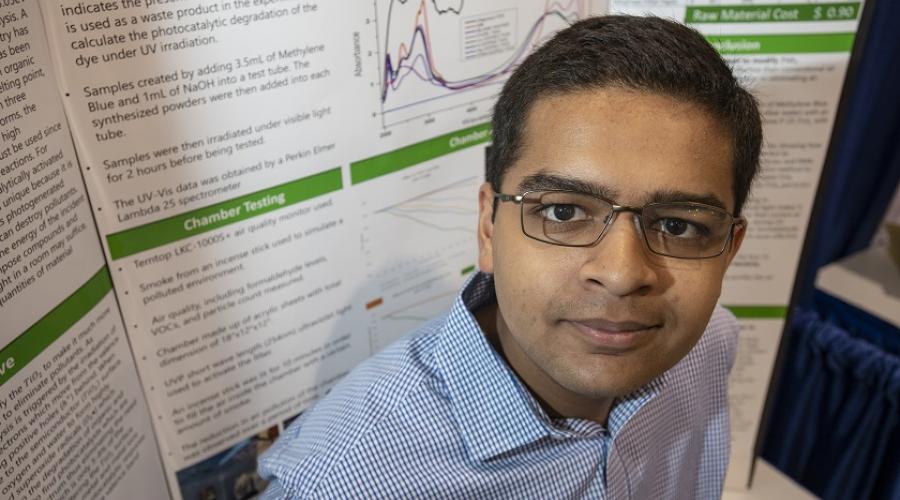Intel ISEF 2011 Symposia: Success with Science: A Peer to Peer Approach to High School Research
By Susan Vincent, 2009 SSP Fellow
Shiv Gaglani, participant in Intel’s ISEF competitions in 2004, 2005 and 2006, presented an informative overview of the benefits of conducting independent research. Shiv recently authored a book with his Harvard University peers entitled Success with Science: The Winners’ Guide to High School Research. The book comes highly recommended by Nobel Laureate Dudley R. Herschbach, participant on the Excellence in Science and Technology Discussion Panel at this year’s Intel ISEF Program and Emeritus Chair of the SSP Board. Shiv’s presentation encouraged informal discussion with the audience, most of whom where high school students.
Shiv posed the overarching question to the audience, “Why do research?” Early in his career, Shiv perceived that the research process held three major benefits: recognition, college admissions, and personal development. He recognized that along with recognition would come scholarships and glory—both important to the young scientist. The advantage of admission to academically rigorous and prestigious institutions was also an incentive to engage in scientific research. Thirdly, conducting research affords the opportunity for personal development.
Shiv maintains that not only is research fun, it leads to in-depth knowledge and develops communication skills. He encouraged students to build excellent communication skills when interacting with both the scientific community and lay audiences. One effective tool in communication is the use of analogy. As an example, Shiv compared the human body’s organ systems to the country’s economic system. The skin, for instance, is analogous to a country’s defense systems, bone to infrastructure, or the circulatory system to transportation. Shiv continued the analogy, drawing a vivid parallel between his research project that involved creating muscle tissue from stem cells, and the country’s economic health. He asked the audience to imagine an ailing body that lacks sufficient muscle mass and strength to carry on its normal activities. If stem cells can be used to create muscle tissue, the body might be able to recover. In a similar manner, students in the stem disciplines are the stem cells for the country’s economy.
Finally, Shiv related some added benefits to doing research inspired by his peers. With the recognition that can bring scholarships and glory, students can also enjoy expense-paid trips, summer programs, and publications. In preparing for college admissions, research provides recommendations, essay topics, and peer advisors. Another benefit to engaging in research is extensive opportunities for networking.
In wrapping up his talk, Shiv recommended the following peer to peer resources:
Questions from the audience included a request for Shiv’s insight into how best to prepare for competition. He answered, “At some point, it comes down to subjectivity [on the part of judges]. You are all winners; take advantage of all opportunities here [at Intel ISEF]. And, just do what you did at your local competitions.”
Asked what advice he would give students entering college, Shiv admonished them not to over-commit. He proffered that networking and setting up a support system should be the priority in the first year and there will be time to continue research in the following years.
When asked for one statement of advice to those competing at Intel ISEF, Shiv responded, “A lot of kids at this level get caught up in competition. It is important to realize that there is not just one winner. To say that there is just one winner is like saying there is only one runner in a marathon.”


